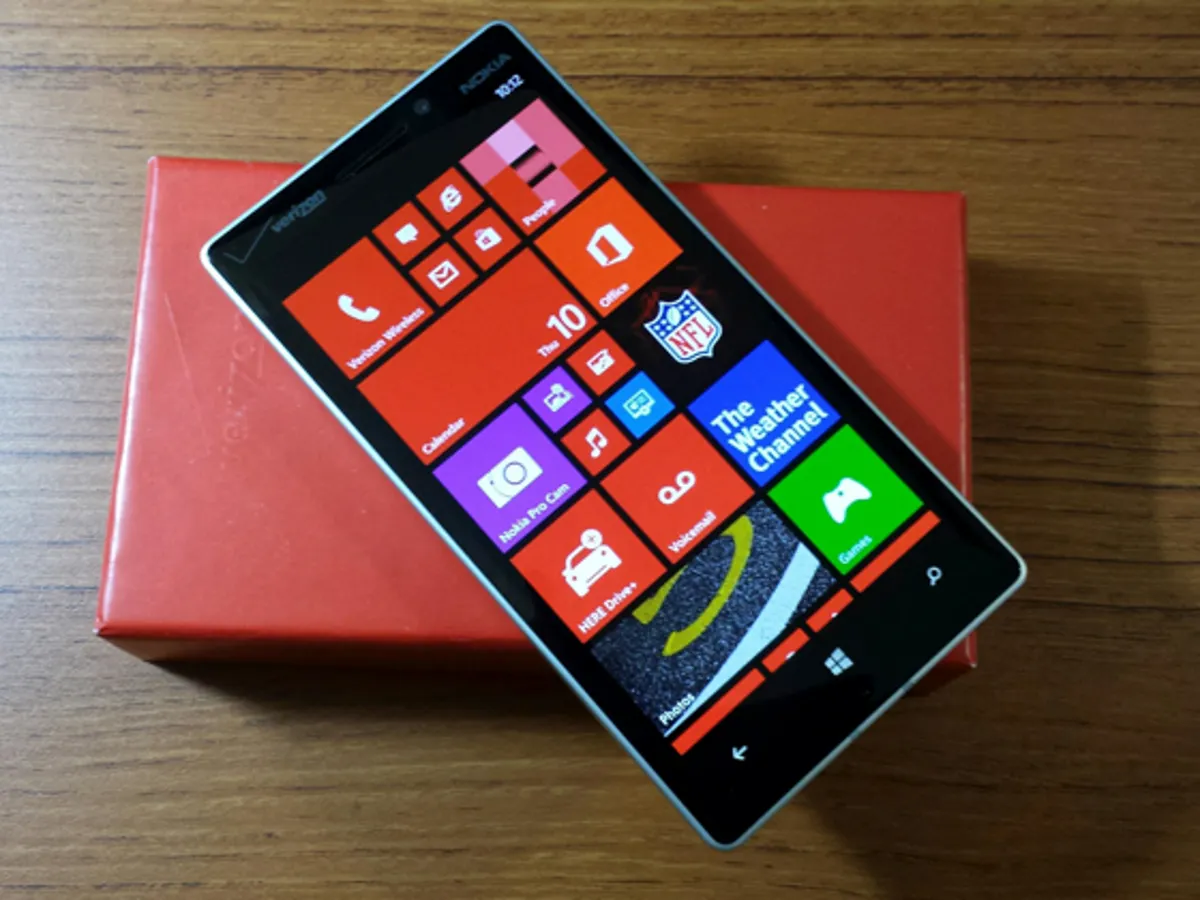
by chrisdofdof | Feb 1, 2024 | General
Microsoft Copilot on Android and iOS is getting a big upgrade
If you are a developer who uses Microsoft Copilot on your mobile devices, you will be happy to hear that the app is getting a major update that will enhance your coding experience. Microsoft Copilot is a powerful tool that helps you write code faster and smarter by using artificial intelligence to suggest and complete code snippets based on your context and intent. It works with many popular programming languages and frameworks, and integrates seamlessly with your favorite code editors and IDEs.
The new version of Microsoft Copilot on Android and iOS brings several improvements and new features that will make your coding more productive and enjoyable. Here are some of the highlights:
- Improved performance and reliability: The app has been optimized to run faster and smoother on your devices, reducing lag and crashes. You can also choose between different network modes to balance speed and data usage.
- Enhanced user interface and accessibility: The app has a new design that is more intuitive and user-friendly, with dark mode support, adjustable font size, and voice-over accessibility. You can also customize the app settings to suit your preferences and needs.
- Expanded language and framework support: The app now supports more programming languages and frameworks, including Python, Java, C#, Ruby, PHP, Swift, Kotlin, React, Angular, Vue, and more. You can also switch between different languages and frameworks with ease.
- Advanced code suggestion and completion: The app leverages the latest AI technology to provide you with more accurate and relevant code suggestions and completions. You can also use natural language queries to describe what you want to code, and the app will generate the corresponding code for you.
- Integrated documentation and tutorials: The app provides you with instant access to documentation and tutorials for the languages and frameworks you are using, so you can learn new skills and solve problems faster. You can also bookmark and share the resources you find useful.
- Collaborative coding and feedback: The app allows you to collaborate with other developers on your projects, by sharing your code snippets via email, messaging apps, or social media. You can also give feedback to Microsoft Copilot by rating its suggestions, reporting issues, or requesting features.
Microsoft Copilot on Android and iOS is getting a big upgrade that will make your mobile coding more enjoyable and efficient. You can download the app from the Google Play Store or the Apple App Store today, or visit the official website for more information. Happy coding!

by chrisdofdof | Mar 1, 2023 | General, Windows, Windows 10 Mobile, WIndows Phone, windows store
Windows Phone was a mobile operating system developed by Microsoft as a successor to Windows Mobile and Zune. It featured a new user interface based on the Metro design language, which aimed to offer a simple and intuitive experience for smartphone users. Windows Phone was launched in October 2010 with much fanfare and optimism, but it failed to gain significant market share and popularity among consumers and developers. In December 2019, Microsoft officially discontinued the support and production of Windows Phone devices. But what were the reasons behind this spectacular failure?
One of the main reasons was the lack of apps. Windows Phone had a very small app store compared to its rivals Android and iOS, which offered millions of apps for various needs and preferences. Many popular apps such as Instagram, Snapchat, YouTube, Netflix, Spotify, etc. were either missing or poorly updated on Windows Phone. This made it hard for users to enjoy their favorite services and content on their devices. Moreover, developers were reluctant to invest time and money into creating apps for Windows Phone because of its low user base and revenue potential
Another reason was the lack of innovation. Windows Phone had some unique features such as Live Tiles, Cortana, Continuum, etc., but they were not enough to attract users who were already used to Android and iOS ecosystems. Microsoft also failed to keep up with the latest trends and technologies in the smartphone market such as dual cameras, fingerprint scanners, wireless charging, etc., which made its devices look outdated and inferior compared to its competitors.
A third reason was the lack of marketing. Microsoft did not do enough to promote its products and brand awareness among consumers. It relied too much on its loyal fans and partners such as Nokia (which it acquired in 2014) to spread the word about Windows Phone. However, this strategy did not work well because most people were unaware or indifferent about Windows Phone’s existence and benefits.
In conclusion, Windows Phone was a bold attempt by Microsoft to challenge the dominance of Android and iOS in the smartphone market but it failed miserably due to various factors such as lack of apps,
innovation, and marketing . Although Microsoft has officially discontinued Windows Phone, it has not given up on mobile entirely. It still offers some services such as Office, OneDrive, Skype, etc., on other platforms and is working on new projects such as Surface Duo and Windows 10X that could potentially revive its mobile ambitions in the future.
Check out what’s new on our YouTube channel. Subscribe to follow for the latest videos and news in the ecosystem.


